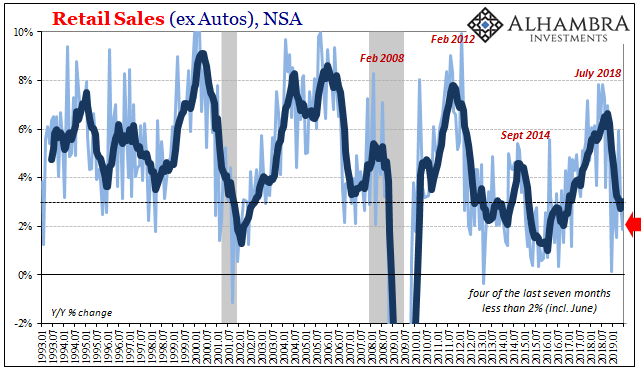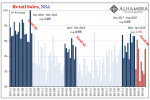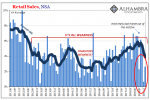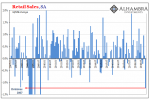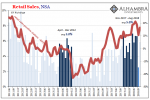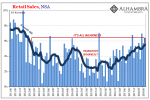The US dollar continues its mixed performance. The fragile stability of commodity prices today is not lending much support to the Australian and New Zealand dollars though the Canadian dollar is flat after yesterday's slide.
The euro has pushed above $1.09 for the first time this week. We had suggested a $1.08-$1.10 range would likely dominate this week. Technically, it appears poised to test the upper end of that range. Stops above the $1.1010 retracement objective could carry the euro toward $1.11.
Sterling had a deeper retracement of last week's gains but is also recovering today after finishing the North American session yesterday above $1.50. The recent high near $1.5155 is the next technical target, which corresponds to last week's highs and the downtrend off the early-November highs.
The dollar has been mostly confined to a JPY122.25 to JPY123.75 range since early November. Soft equities are taking a toll and pushing the dollar toward the lower end of the range. Japanese economic news also may have encouraged some buying of yen on fading ideas that the BOJ will expand its asset purchase program.
Not only was Q3 GDP revised higher, to show a modest expansion rather than a modest contraction, but earlier today Japan reported a much stronger than expected core machinery orders report. It indicates that capex is off to a strong start in Q4. Core machinery orders, which excludes ships and electricity generators rose 10.7%. This is the largest increase in 18 months. A Reuters poll found a median forecast for a 1.5% decline, after a 7.5% rise in September.
Another talking point today is the Chinese yuan. The PBOC fixed the dollar higher against today. At CNY6.4140, it was the highest fixed since August 2011. The yuan had fallen about 0.5% since a week ago Monday when the IMF announced the inclusion of the yuan in the SDR basket. Many observers see the two as linked. With the SDR decision behind it, China feels more comfortable continuing the depreciation strategy begun over the summer.
On the other hand, in the two weeks before the IMF's decision, the yuan fell by 0.4%. This suggests that rather than the SDR decision being some kind of inflection point, the strategy that being pursued previously is continuing.
A less sinister explanation is that Chinese officials understand that the tight link with the dollar will exacerbate its economic challenges as the Fed begins to tighten. Just as the decision to devalue and change the fixing mechanism in August was likely linked to the anticipation of a Fed hike in September, so too does the prospect of the Fed's lift-off next week inform the PBOC's tactics.
Separately, China reported November inflation readings. Consumer prices ticked up to 1.5% from a year ago. This compares with a 1.3% pace in October. Food prices rose 2.3%. Disinflation in the non-food has gradually reversed over the course of the past several months. At 1.1% year-over-year, it is nearly twice the low point of 0.6% seen in January. Service prices rose (2.3%) but some of this seems to be related to poor weather that raised transportation costs. Poor weather may have also helped lift some fresh food prices.
Meanwhile, producer prices continued to fall by the 5.9% pace that has been sustained since August. This is largely a function of a nearly 20% decline in mining prices and a nearly 11% decline in raw material prices.
The slow news week picks up tomorrow with the RBNZ, SNB and BOE meetings. Friday brings US retail sales. Today’s US wholesale trade report may be used by Q4 GDP trackers because of the information on inventories. There are no Fed speakers until after next week’s FOMC meeting.
Late yesterday, the API estimate suggest that US crude oil inventories fell 1.9 mln barrels last week though Cushing inventories rose 600k barrels. Some are linking to Cushing inventories to producers putting selling product to get it off their books for tax purposes before the end of the year. EIA reports its estimate later today. It is expected to show a 1.3 mln barrel increase.
Tags: U.S. Retail Sales


































